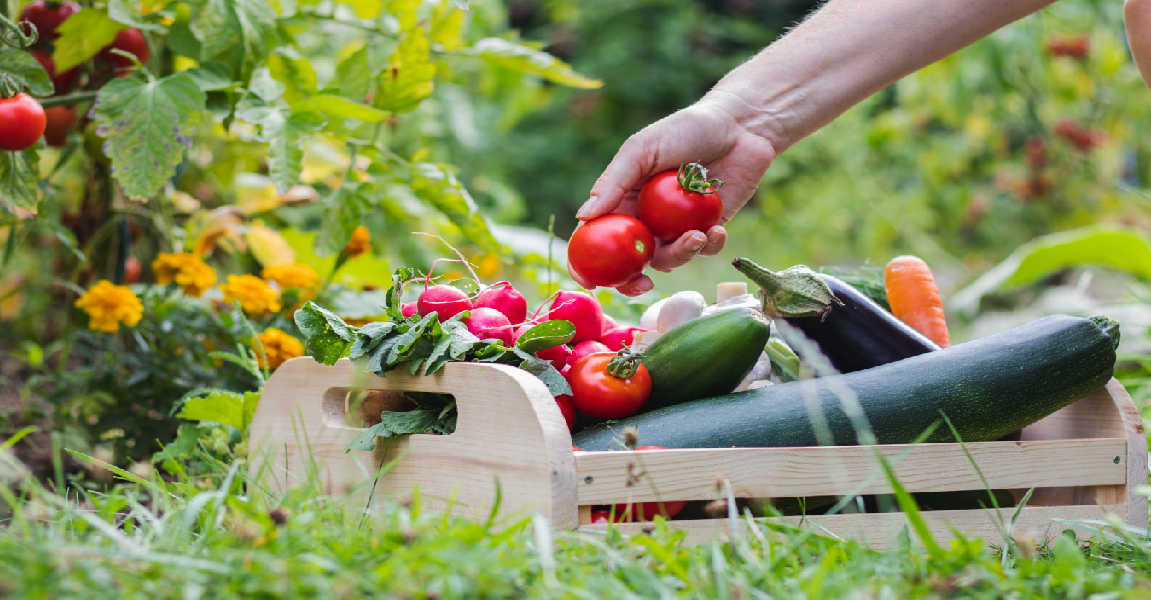1. Plant Successional Blooms
Good garden planning is a small part of trying to ensure that there are successful blooms throughout the year. A mix of plants flowering at different times will keep a steady stream of crucial pollinators arriving at your garden, working their helpful magic throughout the seasons.
One of the most economical ways to continue flowering in your beds is to collect seeds, increasing flowers from your stock. In the vegetable and herb gardens, there are beautiful flowers in bloom throughout the months of the year that attract and help to entice in pollinators, as well as beneficial insects to keep pests away from crops. You can explore annuals and perennials too for your garden.












